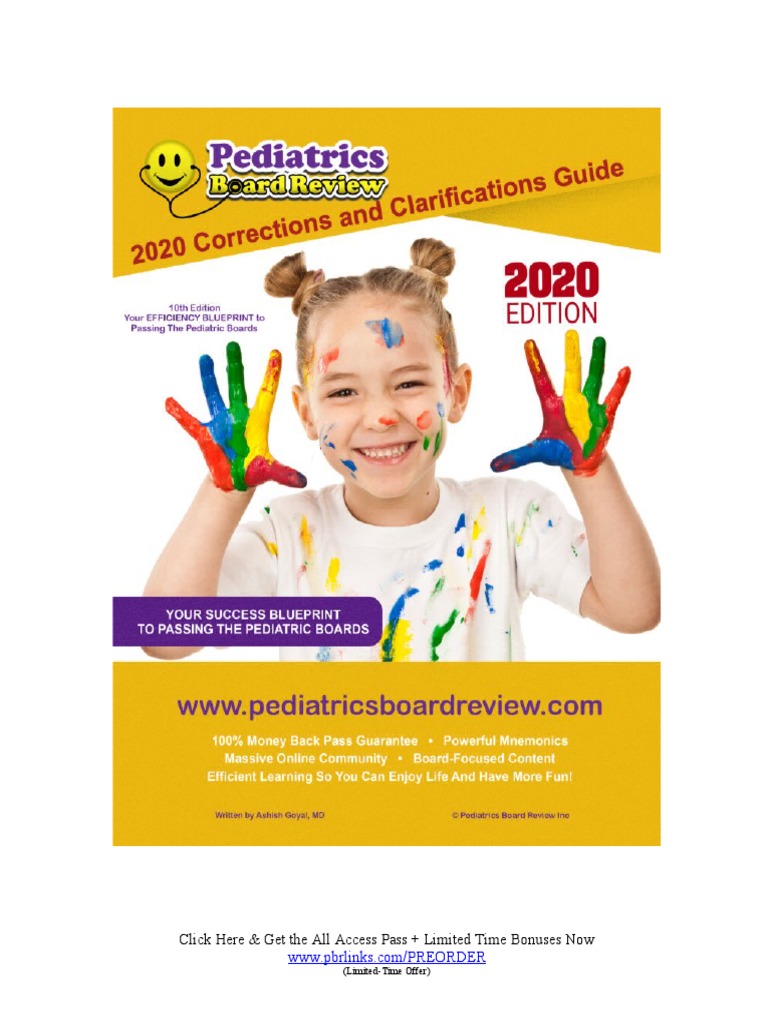Corrections And Clarifications: A Guide To Accurate Information

Table of Contents
Identifying the Need for Corrections and Clarifications
Accuracy is paramount. Errors, however small, can undermine your credibility. This section details how to identify situations requiring corrections and clarifications.
Recognizing Errors: Spotting Inaccuracies Before Publication
Identifying errors before publication is the best approach. Factual inaccuracies, misleading statements, and outdated information can all damage your reputation.
- Examples of common errors: Typos are easily missed but crucial to correct. Incorrect dates, misattributed quotes, and flawed data analysis can severely impact the reliability of your content. Even seemingly minor errors can erode trust.
- Strategies for proactive error detection: Implement rigorous proofreading techniques, including multiple rounds of review. Establish fact-checking protocols, assigning specific individuals or teams to verify information. Peer review provides an extra layer of quality control.
- Utilizing fact-checking tools and resources: Leverage online fact-checking websites and databases to cross-reference information and ensure accuracy. Many tools are available to assist with this process.
Responding to Feedback: Addressing Concerns from Your Audience
A robust system for receiving and addressing feedback is key to maintaining accuracy. Your audience is a valuable resource in identifying errors.
- Setting up a system for receiving feedback: Make it easy for your audience to provide feedback. Implement clear comment sections, dedicated contact forms, or even social media monitoring tools.
- Prioritizing feedback based on severity and impact: Not all feedback requires immediate action. Prioritize feedback based on the severity of the error and its potential impact on your audience. A typo is less serious than a misrepresentation of facts.
- Developing a process for evaluating feedback objectively: Establish a clear process for evaluating feedback, ensuring objectivity and avoiding bias.
Implementing Effective Corrections and Clarifications
Once an error is identified, swift and transparent action is crucial. This section covers effective correction strategies.
Crafting Clear and Concise Corrections: Writing Corrections that are Easy to Understand
Corrections should be easy to understand and avoid ambiguity. The goal is to rectify the error without causing further confusion.
- Using clear and direct language: Avoid jargon or overly technical terms. Use simple, direct language that is easily understood by your audience.
- Highlighting the specific correction within the original content (if possible): If possible, directly edit the original content to highlight the correction.
- Providing context for the correction: Explain why the correction was necessary and provide context to help the audience understand the change.
Choosing the Right Method for Dissemination: Selecting the Best Communication Channel
The best method for disseminating a correction depends on the platform and audience.
- Website updates and blog post corrections: For website content, directly update the original post with the correction, possibly adding a note explaining the change.
- Social media updates and retractions: On social media, issue a retraction or correction directly, tagging relevant individuals or organizations if necessary.
- Email notifications to subscribers: If the correction impacts subscribers significantly, consider sending an email notification.
- Public statements or press releases for larger-scale corrections: For more significant errors, a public statement or press release might be necessary.
Maintaining Transparency and Accountability: Showing Your Commitment to Accuracy
Transparency and accountability are essential for rebuilding trust after an error.
- Acknowledging mistakes openly and honestly: Don't try to hide errors; admit them openly and promptly. This shows integrity and responsibility.
- Explaining the process for correcting errors: Be transparent about the steps you've taken to identify and correct the error.
- Taking responsibility for inaccuracies: Avoid making excuses; accept responsibility for the error and commit to future accuracy.
Best Practices for Preventing Future Errors
Proactive measures are crucial to prevent future errors. This section covers preventative strategies.
Establishing Robust Editorial Processes: Implementing Rigorous Fact-Checking Procedures
Robust editorial processes are your first line of defense against errors.
- Developing style guides and editorial guidelines: A well-defined style guide ensures consistency and accuracy.
- Utilizing collaborative editing tools: Utilize tools that allow for multiple reviewers and editors to provide feedback and make changes.
- Training staff on accuracy and fact-checking best practices: Invest in training for your staff to equip them with the necessary skills for accurate work.
Utilizing Reliable Sources and Verifying Information: Ensuring Source Credibility
Reliable sourcing is fundamental to accuracy.
- Choosing reputable sources and avoiding bias: Prioritize reputable sources and be aware of potential biases.
- Cross-referencing information from multiple sources: Verify information by cross-referencing it with multiple sources.
- Checking the credibility and authority of sources: Evaluate the credibility and authority of sources before using their information.
Conclusion: The Importance of Corrections and Clarifications
Implementing effective corrections and clarifications strategies is essential for maintaining credibility and trust. By proactively identifying and addressing errors, and by establishing robust processes for preventing future mistakes, you can ensure the accuracy of your information and build a reputation for responsible information sharing. Timely and transparent corrections and clarifications are crucial for building and maintaining audience confidence. Embrace best practices in corrections and clarifications to safeguard your reputation and ensure the accuracy of your content. Make corrections and clarifications a core part of your content strategy.

Featured Posts
-
 3 Dias Para Tu Clase De Boxeo En Edomex
May 01, 2025
3 Dias Para Tu Clase De Boxeo En Edomex
May 01, 2025 -
 Kad Sam Se Vratio Ti Si Se Udala Istina Iza Coliceve Balade
May 01, 2025
Kad Sam Se Vratio Ti Si Se Udala Istina Iza Coliceve Balade
May 01, 2025 -
 Michael Jordans Life In Fast Facts
May 01, 2025
Michael Jordans Life In Fast Facts
May 01, 2025 -
 Italy Vs France Duponts 11 Point Masterclass Decides The Match
May 01, 2025
Italy Vs France Duponts 11 Point Masterclass Decides The Match
May 01, 2025 -
 Asparagus A Nutritional Powerhouse For Your Health
May 01, 2025
Asparagus A Nutritional Powerhouse For Your Health
May 01, 2025
Latest Posts
-
 Amy Irvings Emotional Goodbye To Dallas And Carrie Star
May 02, 2025
Amy Irvings Emotional Goodbye To Dallas And Carrie Star
May 02, 2025 -
 Dallas And Carries Carrie Passes Away Daughters Emotional Tribute
May 02, 2025
Dallas And Carries Carrie Passes Away Daughters Emotional Tribute
May 02, 2025 -
 The Passing Of A Dallas And Carrie Icon A Daughters Remembrance
May 02, 2025
The Passing Of A Dallas And Carrie Icon A Daughters Remembrance
May 02, 2025 -
 Tribute To Dallas And Carrie Star Amy Irvings Moving Words
May 02, 2025
Tribute To Dallas And Carrie Star Amy Irvings Moving Words
May 02, 2025 -
 Dallas And Carrie Actress Passes Away Daughter Amy Irving Shares Tribute
May 02, 2025
Dallas And Carrie Actress Passes Away Daughter Amy Irving Shares Tribute
May 02, 2025
